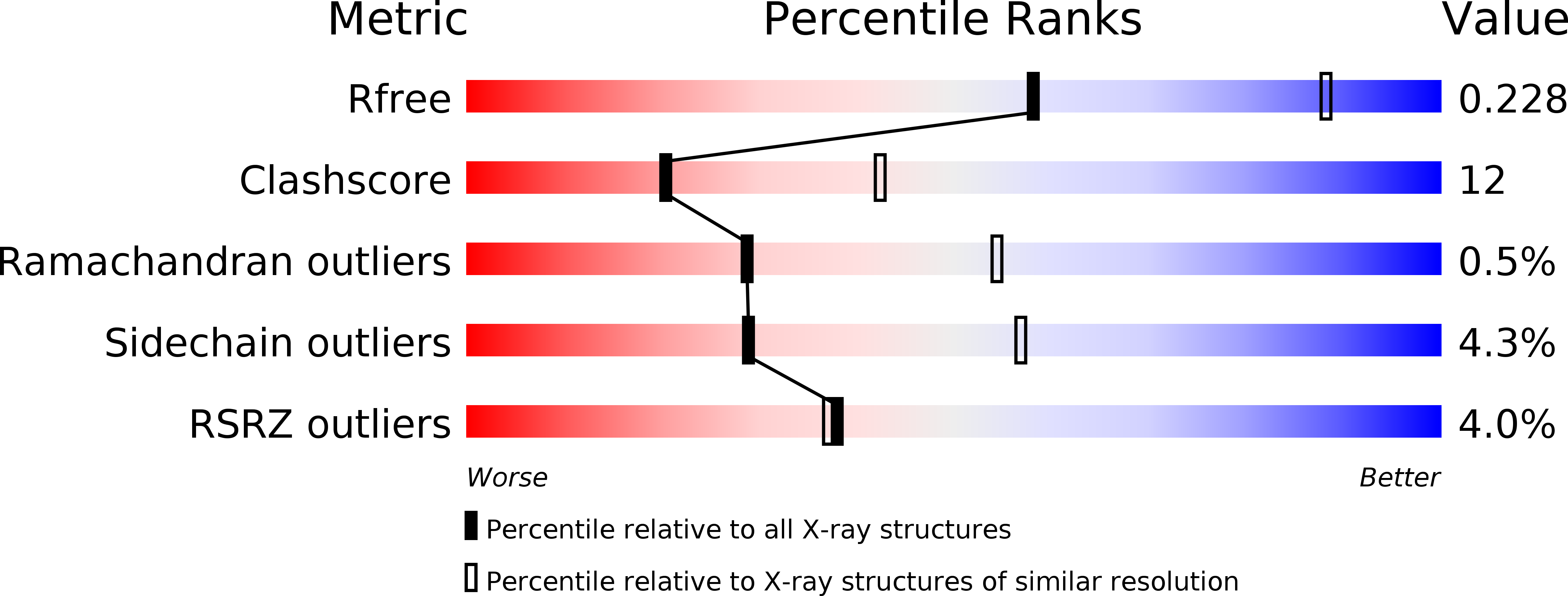
Deposition Date
2011-09-01
Release Date
2011-11-02
Last Version Date
2024-02-28
Entry Detail
PDB ID:
3TND
Keywords:
Title:
Crystal structure of Shigella flexneri VapBC toxin-antitoxin complex
Biological Source:
Source Organism:
Shigella flexneri (Taxon ID: 623)
Host Organism:
Method Details:
Experimental Method:
Resolution:
2.70 Å
R-Value Free:
0.23
R-Value Work:
0.18
R-Value Observed:
0.18
Space Group:
P 61 2 2


